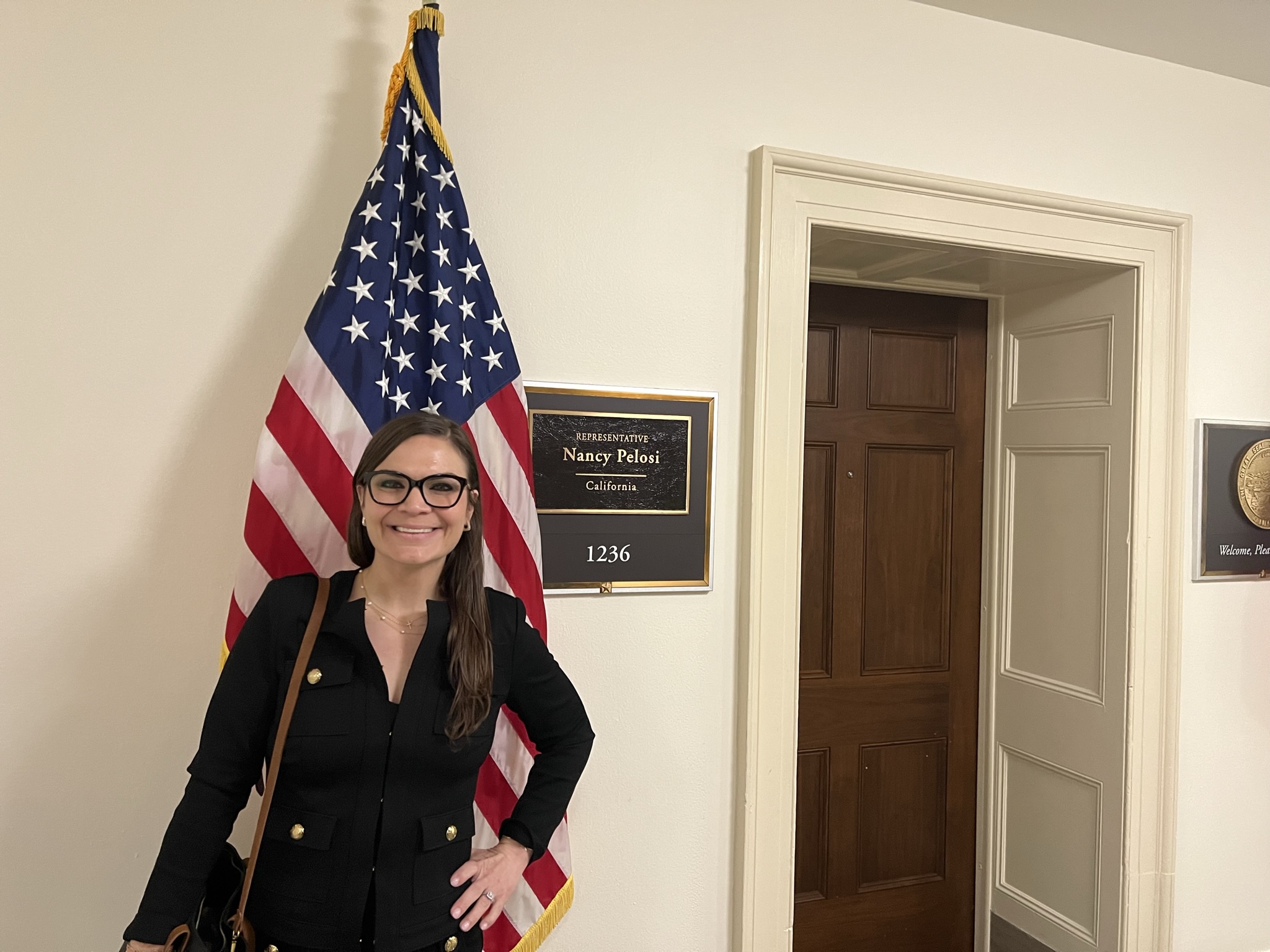- PANA

- May 23, 2023
The AANA Mid-Year Assembly is nurse anesthetists’ largest advocacy event of the year, and this year the Pennsylvania Association of Nurse Anesthetists (PANA) sent a small army to the nation’s capital to inform federal lawmakers and advocate for our shared profession.

📝PANA had 76 registrants for the annual event in Washington, D.C. Over the course of the assembly, which ran April 29 to May 3, Pennsylvania-based certified registered nurse anesthetists (CRNAs) and students (SRNAs), advocating in groups, convened 19 in-person meetings with lawmakers or their key staff members.
🏛️Where we couldn’t meet with lawmakers or staff, our team dropped off packets of information and promised to follow up to secure in-district meetings, something any of us can do whenever our schedules allow. Advocacy is key to promoting our issues and strengthening our profession.
The Mid-Year Assembly happened a bit later than usual this year, bumping up against PANA’s own Spring Symposium in Hershey, so the time crunch was a real challenge for many of our CRNAs and SRNAs, but the number of attendees proves our devotion to the cause.

What’s more, for some of our SRNAs, the Mid-Year Assembly came during finals week, too. In fact, a few students from the University of Scranton School of Nurse Anesthesia went above and beyond --- not only in their advocacy but in their assigned schoolwork. They took finals remotely, either in the middle of the day or at the start of a long day running between office buildings to attend meetings. That commitment is impressive.
The Mid-Year Assembly offers five days of educational sessions, live speakers, legislative lobbying, and networking, all of which is important for attendees to gain the knowledge and tools to drive change in our profession, enhance their careers, and promote CRNAs at both the national and state levels.
🩺Thank you to everyone who participated. As tiring as Mid-Year Assembly can be, it is equally impressive, and the talent we see among our CRNAs and SRNAs gives us confidence in the good work we are doing to affect change that enhances our profession, improves health-care delivery models and ensures patients have affordable access to the highest level of care.

But wait...there's more 📷!




















































































